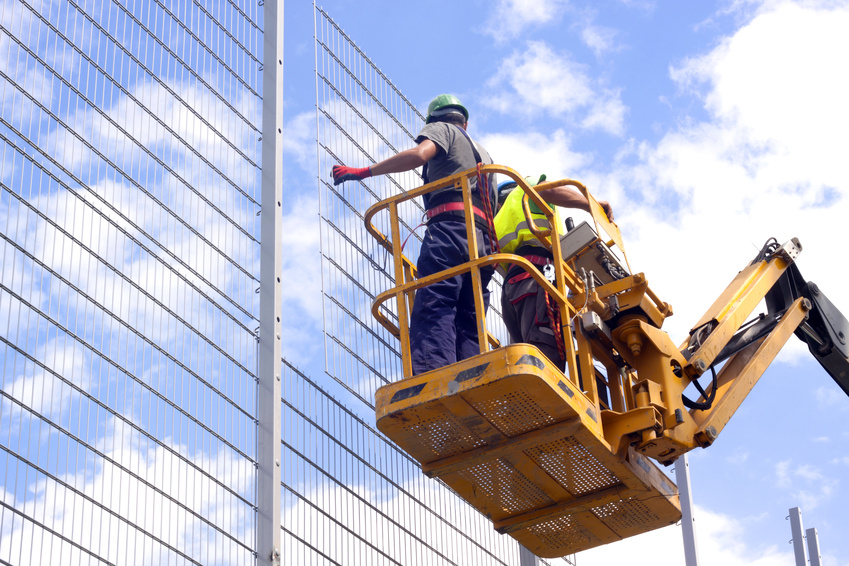
The law on the protection of employees whilst at work is very clear and the Health and Safety Executive (HSE) do not flinch from bringing prosecutions where standards fall short. Although in general over the years of this century, fatalities at work are reducing in number year on year, the HSE feel that even one is too many. In 2013, 27 workers in the agricultural sector were killed at work and this is clearly unacceptable.
Telescopic loader
In a recent case, the owner of a dairy concern and one employee were maintaining a molasses tank which could only be accessed by using a powered lifting device and in this instance they were being lifted in a telescopic bucket loader, which is not recommended for use by people. The controls of the telehandler are on the ground and so of course it was difficult to see precisely what was happening in the air and the two men collided with power cables, receiving electric shocks. Both men recovered but it could all too easily have been a case of a double fatality.
Inappropriate equipment use
Because the bucket was not designed for lifting people there were no basic safety structures to prevent falling, such as handrails or an anti-tilt mechanism. The judge at the trial pointed out that it was only luck that meant that the men fell backwards into the bucket and not forwards many feet to the ground, which would have almost certainly have been fatal. As well as being inappropriate use of equipment, there had been no safety guidance given, either verbally or in writing and nor had there been any risk assessment. All of these instances taken together meant that the owner of the concern, who had put his own life at risk as well as that of an employee, was fined a total of £18k and his company was fined a further £6k.
Working at height training is essential
Accidents while working at a height account for the majority single reason for deaths at work in the UK every year, although numbers are coming down slowly. Even so, with proper health and safety training, the number could be zero and staff who have been trained in the use of static towers and moving equipment are much safer in the workplace for themselves and their colleagues. As well as training modules for those who work at a height, there are a number available for managers and for those who work on the ground. The more people who are trained to watch out for faults and bad practice there are in any workplace, the less likely it is that an accident due to bad maintenance, construction or behaviour will happen.
Just one day to save a life
Most working at height training programmes are not long, usually a day or two and can take place on site in many cases. Once someone has had the training they are able to create and understand risk assessments and also will have the essentials to ensure that their workspace and practices and those of colleagues are the safest they can be.